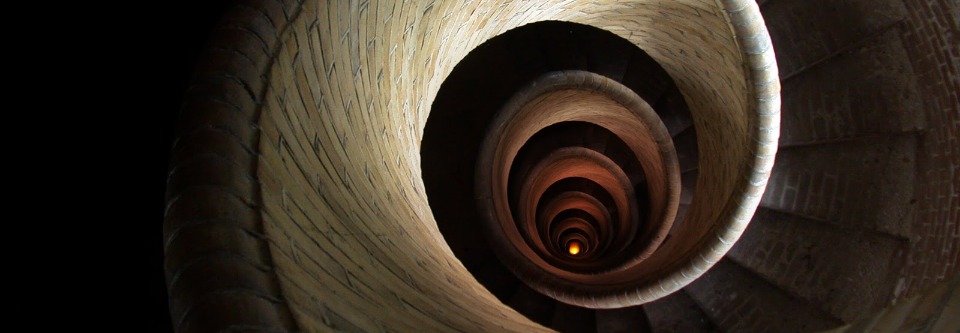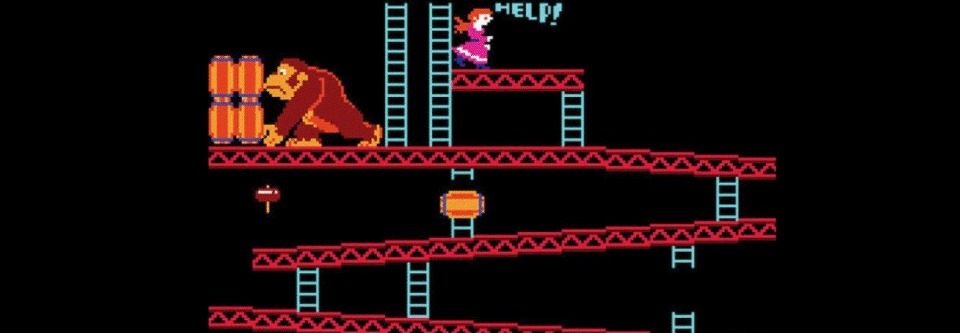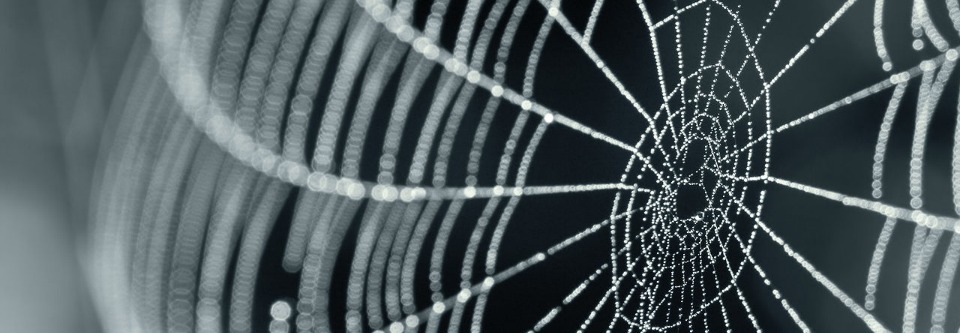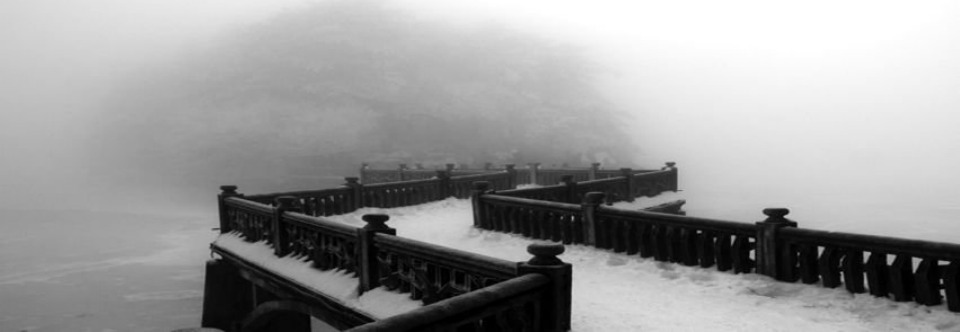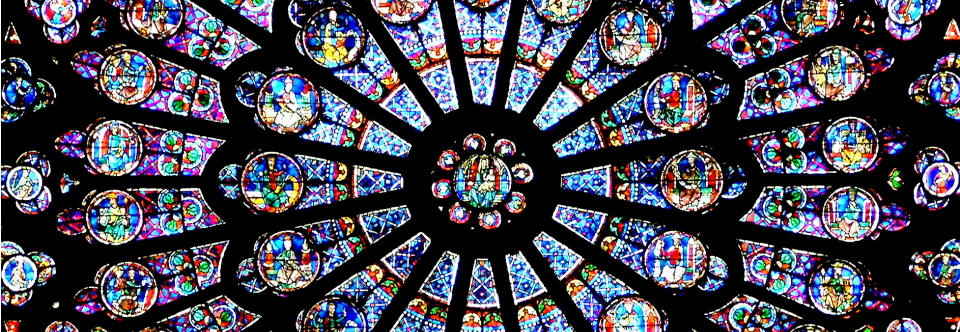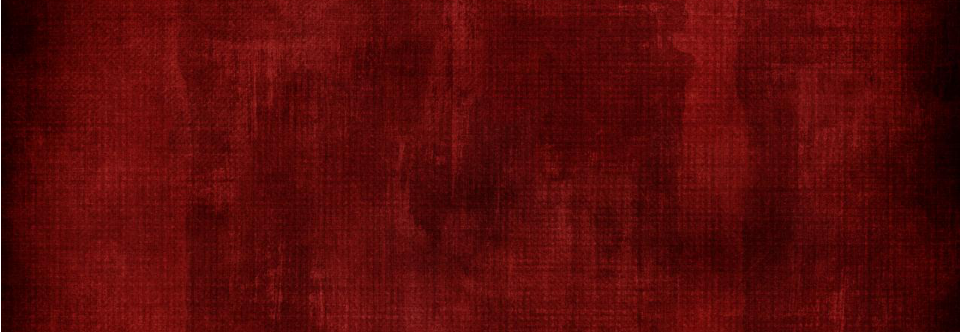Money, Ethics, and Healing: An Ambivalent Brew
Introduction: Money and Healing Arts
Recently I was asked to speak on energy healing at a bookstore here in Vancouver. In the discussion period a gentleman asked me about my sense of how money relates to energy healing (or healing modalities in general). He wanted to know what were my ethics around energy healing–do I charge? If so, how do I decide what is a just exchange?
It’s an important question, one that too often is either not asked or dismissed altogether. It’s a complex topic to be sure, yet I find myself frustrated when it comes to this topic by what I perceive to be two dominant extremes.
One extreme basically equates being wealthy with higher consciousness (so-called abundance consciousness in a lot of New Age spirituality). In that camp, one should charge whatever others will pay. Anything less is to somehow be infected with the dreaded virus of “poverty consciousness”. I interact with folks advocating some version of this view very frequently. While there are more sophisticated and more gross versions of this one, the same basic philosophy underlies them all, i.e. the philosophy of capitalism. Namely individuals acting in their own perceived highest self-interest intrinsically leads to the best outcome for the common good. Unfortunately history has shown this view does not lead to the creation of just societies. There’s a great deal of shaming that goes into this approach since all the responsibility is directly laid at each individual’s feet. In other words, if you’re poor, it’s your own fault. This spiritualist view also holds a deep misunderstanding of the structure of capitalism as well as how money operates as a debt instrument within capitalism. It too easily denies the reality of material causality in favor of the notion that everything is about consciousness first and materiality is just simply the outward expression of intentionality and consciousness. As a consequence it’s views on politics, economics, and history are naive at best, oppressive at worst.
As but one example of how multifaceted a topic this is, consider the case of spiritual teacher Marianne Williamson. She recently ran for a seat in the US House of Representatives. One of her key criticisms was of the corrupting influence of unchecked corporate money in the US political process (she’s totally on target with that critique btw). At the same time however she published a book on Money, Work, and Consciousness that is oblivious to the similarly corrupting influence of excessive unchecked wealth in the North American consumerist spiritual scene. She failed to articulate (or perhaps see) how the spirituality of money she articulates in her book can easily co-exist with and even give support to the political and economic ideologies that create the destructive political and social situation she so rightly criticizes. (On the other hand she did take the piss out of some rich techies).
So the uncritical view of wealth = abundance consciousness really needs to be critiqued.
The other extreme, however, is to see all forms of specifically monetary exchange as inherently corrupted. This is not really the helpful critique it may look like at first. (These are the kinds of people the first camp always points to as a way to justify their own position). I encounter these folks from time to time in my work–they either explicitly or usually more implicitly criticize me (or others) for charging money for my work. Doesn’t matter the amount–it’s the belief that all healing or spiritual work should be free. In the worst of all cases, this is really just a spiritual rationalization for the fact that they don’t want to properly acknowledge and pay for the skilled work of another. They feel entitled to receive for free without any requisite reciprocity (i.e. they are being deeply unjust). Lot of self-righteousness in this camp in my experience, though a very different kind than the first one.
Fortunately my sense of the man asking me the question was he was sincerely asking. I felt like I had some space to explore this question. The honest truth is I haven’t yet found a way of being in this process that feels completely aligned for me. It may be that I never will reach that place. Perhaps at best I’m angling closer and closer to that mark.
Hell, there may not even be such a place. I think it’s a question those of us creating our own work and businesses in the world in the realm of spirituality, energy healing, coaching, personal development, etc. need to continually be asking. My experience is most folks actually fall somewhere along a spectrum, often an uneasy fluid space, realizing however implicitly, that both extremes are deeply flawed but not entirely sure what other options are available.
Over the course of the last year I’ve developed a diverse set of models that I deploy throughout this work. My hope in so doing is that I’m creating a practice that is balanced in terms of exchange and overall is a just one. Though as I said, it’s definitely a work in progress and I would never claim I’ve solved this conundrum (the more I delve into, the less convinced I am that there is a perfect solution).
Here are the different models I use. But more than anything if this serves any purpose, hopefully it will encourage dialogue on this important topic among practitioners.
Models
Set Energetic Exchange
This form is the most common one I employ. In other worlds it would be considered a fee or the price. I prefer the term exchange. There is a just reciprocity between one who offer gifts with their talents to another and that other then giving back proportionally in response. In this version that exchange comes through money. (Though as you’ll see I do include other forms of exchange in my work). Over the course of the last year I’ve increased the rate of energetic (i.e. monetary) exchange a number of times. I purposefully set the rate initially on the low side in order to gain a sense of facility with the process I was developing. Now that I’ve worked through that process for nearly two years and feel very confident in its beneficial effects, I feel it’s appropriate to set the scale of exchange at a different rate.
Pay What You Can
I’m experimenting with this model in terms of small group work. I learned about this model through a few articles on restaurants where customers can pay whatever they can (or in some versions what they feel the meal is worth). There may be a suggested rate but no one is turned away. Clients with more material means are encouraged (assuming they enjoy the service and meal) to consider giving a larger amount than the suggested rate, knowing that in so doing they are covering for others who can’t afford the suggested rate, thereby allowing the restaurant to pay its staff properly and to maintain itself as a business.
Donation (aka dana)
This one’s straightforward. From the Latin donatio (gift), donation is a pure free-will offering (sometimes with a suggested donation) but ultimately each person makes up his/her mind and makes a monetary offering (or none at all). When I worked in churches this was the dominant form of exchange. In my work now I incorporate donation typically for evening lectures, one off events, or open gatherings.
Gifting
I seek to give out gifts from time to time. I don’t take applications for this one. I simply make a choice depending on the situation or as I desire. The concept derives from the Latin word for grace (gratia, like gratis meaning free of charge), which has its roots in pleasing, favoring, good will. I find it a helpful experience to remind me of the feeling of giving on its own terms.
Barter
Barter is typically in my world called a trade. Trading one’s skill set and sessions for another’s–usually another practitioner of a different healing modality. I have related in that way in the past. I’ve also found alternative forms of trade, e.g. individuals cooking me meals (only really good chefs though quality for this category though!).
Service Tithe
This one is sometimes referred to as the sliding scale, though I don’t agree with that term. What it means in practice is I’ve set a certain number of spots in my work that are available for the right clients who have challenging circumstances around paying the full exchange. Someone very motivated who would connect well with the work but for whom that level of financial contribution is simply not feasible. Those spots only open when one of the individuals currently going through the process under this provision finishes.
Implications
I deeply value the notions of commerce, artistry, production, creation, exchange, currency. I even love the word economics, It was a word used in Christian theology to describe God’s saving relationship to creation. It’s root meaning is the system of fair and equitable distribution of food in an ancient household system (called an oikos). In fact many economic terms have their roots in theology (or alternatively, much of theology has its roots in economics). Words like redemption, which only remains in English in terms of redeeming coupons, originally meant buying the freedom of a slave.
Even the word business itself. Etymologically, it refers to one’s care. It connotes a sense of diligence, occupation. It has a historical meaning of ‘what one is about at the moment’, i.e. one’s business.
I’ve created a business as a means to enact this work in the world. I chose this path over my previous ways–employment in the non-profit sector and my earlier years as a monk with vows of poverty, living in a setting of communal property ownership. The business I’m creating and the revenue it is designed to generate is a means to facilitate the work I want to do as well as the way I am able to provide for the needs of myself and my family. The various models are simply various strategies of trying to balance a sense of personal well being, proper energetic exchange, and justice in an unjust society.
Sadly all of these processes–commerce, trade, exchange, production, artistry–have become funnelled through a very distorted and distorting reality known as capitalism (and money as a debt instrument within capitalism). In its globalized form, capitalism (on the large scale) it seems to me is increasingly driven to a vision of plutocracy–to the desires of simply generating more capital itself. Under the ruling economic ideology (neoliberalism), humanity is choosing to take off the restrictions on capitalism. Capitalism however has no mechanism within itself for the just distribution of the wealth it generates. The evidence is clear that without a contravening process (e.g. high taxation and strong social safety net) capital inevitably becomes massively concentrated by a minuscule percentage of human beings. That this massively unjust distribution and inequality occurs is not primarily due to the fact that the ultra-wealthy have higher consciousness than everyone else and that the masses are unenlightened in their poverty consciousness. Contrary to the New Age ideology, money is not a neutral energy. Everything is not simply a product of your thoughts and actions creating your reality.
It’s taken me a long time to separate out the business, commercial, production, and exchange side from the mechanism of the exchange (namely capitalism). Doing so has allowed me to redeem (there’s that economic/theological word again) a sense of business. But it does mean I do so with full recognition that my business and my service exist within a wider network of injustice.
So while it would be easy for me to rail against them out there, whoever they are, the truth is is that I’m implicated in what I criticize as well. I’m not immune from it. I have seen the enemy and he is me. (At least in part).
How to live with that dual recognition of the inherent goodness of what I seek to offer in this world and the natural reciprocal process of occupation that enables it (also good) along with the intrinsically destructive platform by which and through which it occurs?
Because the honest truth is that I’m not interested in these challenges slowing me down to a place of inaction. I do want to make a significant impact. But I do carry a grief within me–one that I think all of us do if we become sensitized to the injustices of the world. If we don’t cut ourselves off from our natural empathy and horror in the face of such wanton historical and present-time cruelty and brutality. At this point the New Age traditions would advocate that I shouldn’t go down this road because I’m attracting bad things into my life by thinking negative thoughts. But I’m not interested in a spiritual version of anesthesia, to numb out economic, political, and social reality.
So for now this concatenation of models is the best I know how to do. I will continue to seek to evolve those processes and move (hopefully) to a place where the business itself generates new forms of creative expression that instantiate the values I hold dear and reveal a different mode of being, one more aligned to the wisdom of life than our out of alignment and distorted reality known as capitalism.



